Discover how to play Noughts and Crosses with darts, a fun and strategic variation on the classic game! This article explains the Noughts and Crosses darts rules, scoring, and winning strategies. We’ll also explore different variations and tips to help you master this exciting dart game.
⚠️ Still Using Pen & Paper (or a Chalkboard)?! ⚠️
Step into the future! The Dart Counter App handles all the scoring, suggests checkouts, and tracks your stats automatically. It's easier than you think!
Try the Smart Dart Counter App FREE!Ready for an upgrade? Click above!
Understanding the Basic Noughts and Crosses Darts Rules
Noughts and Crosses darts, also known as Tic-Tac-Toe darts, combines the skill of dart throwing with the strategy of the classic pencil-and-paper game. The fundamental principle remains the same: be the first player to get three in a row, either horizontally, vertically, or diagonally. The dartboard acts as your game board, and your darts become your noughts and crosses.
Before diving into strategy, it’s crucial to understand the setup. The game requires a standard dartboard and two players (or teams). The dartboard is divided into sections that represent the nine squares of a traditional Noughts and Crosses grid. We’ll delve deeper into how these sections are assigned to the grid shortly.
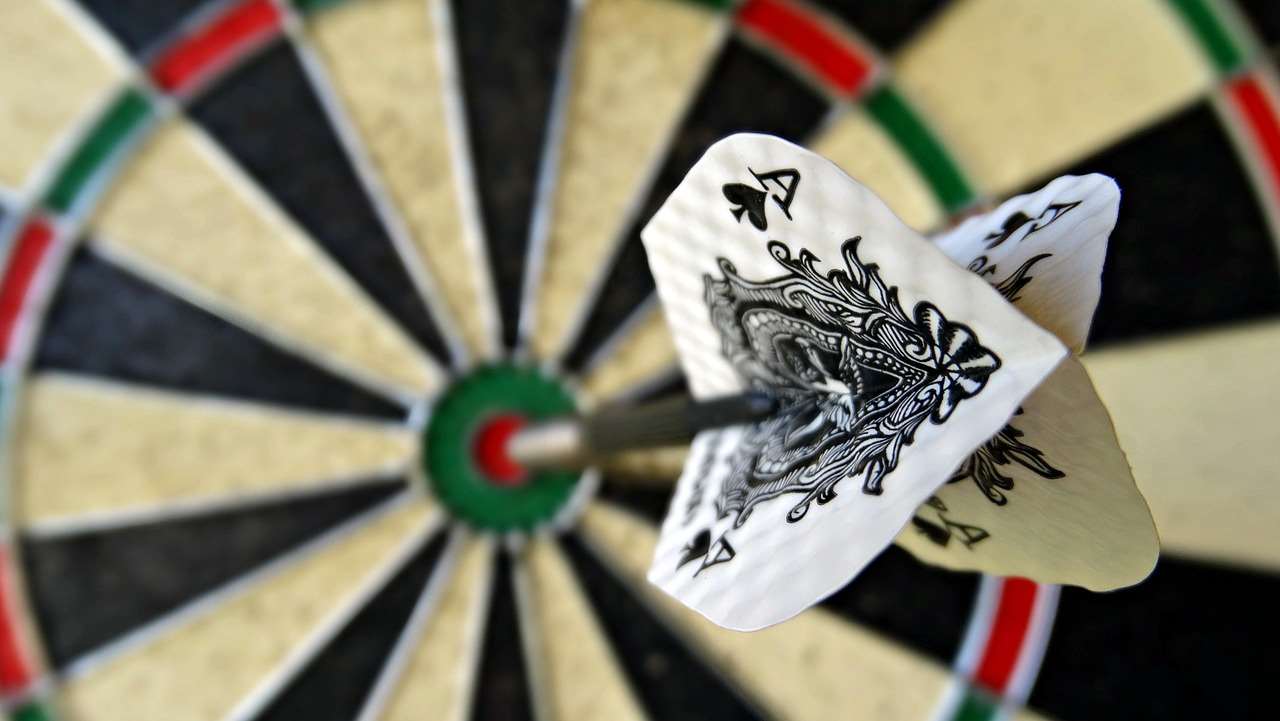
Setting up the Dartboard Grid
The first step in playing Noughts and Crosses darts rules is to map the dartboard sections to the 3×3 grid. Here’s a common method:
- Top Row: Divide the top third of the dartboard (from the 20 segment downwards) into three sections. The left-most segment corresponds to the top-left square of the grid, the center segment to the top-middle square, and the right-most segment to the top-right square. A player could also consider Adapting darts rules for small spaces: tips and tricks, though that’s more for adjusting the physical space and not the grid itself.
- Middle Row: Similarly, divide the middle third of the dartboard. The left, center, and right segments then represent the middle-left, middle-center, and middle-right squares, respectively.
- Bottom Row: The bottom third mirrors the above, with the left, center, and right segments representing the bottom-left, bottom-middle, and bottom-right squares.
It’s essential to clearly define these sections before beginning the game. Some players mark these boundaries on the board with tape, but this is entirely optional.
Gameplay and Scoring in Noughts and Crosses Darts Rules
Once the grid is defined, the game begins. Players take turns throwing three darts, attempting to claim squares on the grid. Here’s a breakdown of the gameplay:
- Turn Order: Players decide who goes first, usually by a coin toss or a throw to the bullseye.
- Dart Placement: On their turn, a player throws three darts. If a dart lands within a defined section that hasn’t already been claimed, the player marks that square with their symbol (nought or cross). If a dart lands outside the defined grid sections or in a square already claimed by either player, that dart does not count and the player loses that throw.
- Winning Condition: The first player to achieve three in a row, either horizontally, vertically, or diagonally, wins the game.
- Draw: If all nine squares are filled and neither player has three in a row, the game is a draw.
It is important to be sure to familiarize yourself with basic darts fundamentals for beginners to help with your dart throwing accuracy. Accuracy is essential to ensure that you are hitting your intended target location, and it can also help to avoid accidental injuries.
Dealing with Invalid Darts
A key part of understanding the Noughts and Crosses darts rules involves dealing with invalid darts. An invalid dart is one that:
- Lands outside the defined grid sections.
- Lands in a section already claimed by either player.
- Falls out of the board *before* being retrieved.
In these cases, the dart does not count, and the player loses that throw. This adds a layer of precision to the game, making accuracy paramount.
Strategic Considerations for Noughts and Crosses Darts
While accuracy is important, strategy is also crucial for success in Noughts and Crosses darts rules. Just like traditional Noughts and Crosses, planning your moves and anticipating your opponent’s is key.
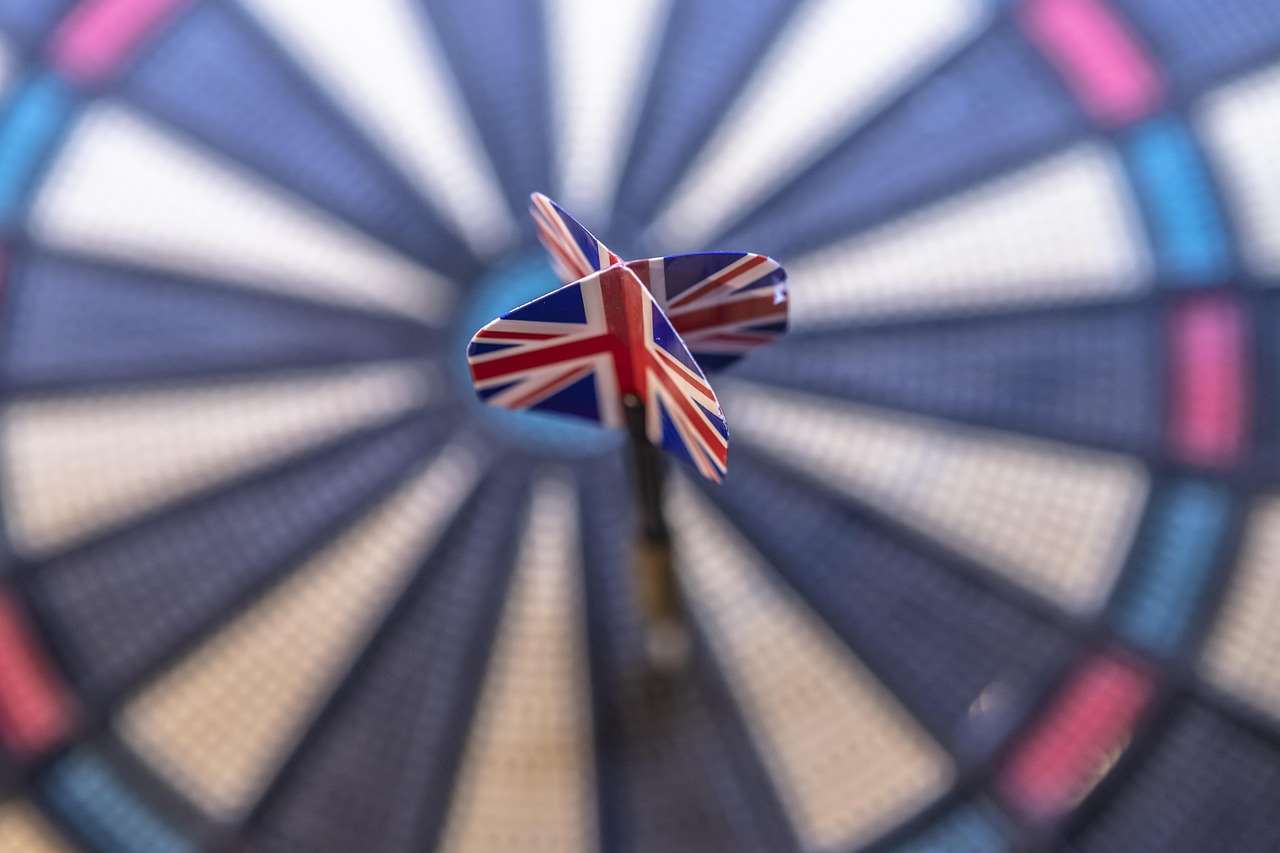
Offensive and Defensive Play
A good strategy involves both offensive and defensive moves:
- Offensive Play: Aim to create opportunities for yourself to get three in a row. Try to occupy squares that form multiple potential winning lines.
- Defensive Play: Block your opponent’s attempts to get three in a row. If you see them close to winning, prioritize blocking their move.
Mastering both offensive and defensive play will significantly improve your chances of winning. If you find the standard rules too restrictive, you might explore Fun dart game variations with modified rules.
Anticipating Your Opponent’s Moves
Thinking ahead is vital in Noughts and Crosses darts. Try to anticipate your opponent’s next move and plan your throws accordingly. Consider:
- What squares are they likely to target?
- How can you block their potential winning lines?
- What opportunities will arise from their move?
By anticipating your opponent’s moves, you can stay one step ahead and increase your chances of victory. Consider also that you can modify Modifying rules for mixed-level dart players if your opponent’s skill level is different than yours.
Variations on Noughts and Crosses Darts Rules
The Noughts and Crosses darts rules can be adapted to create different variations, adding more excitement and challenge to the game. Here are a couple of popular variations:
Team Play
In this variation, players form teams and take turns throwing darts. Team play adds a collaborative element to the game, requiring communication and coordination between teammates. For example, you could look into Creative dart rules for parties and social gatherings to add to the fun.
Teams can discuss strategy between throws, deciding which squares to target and how to block the opposing team.
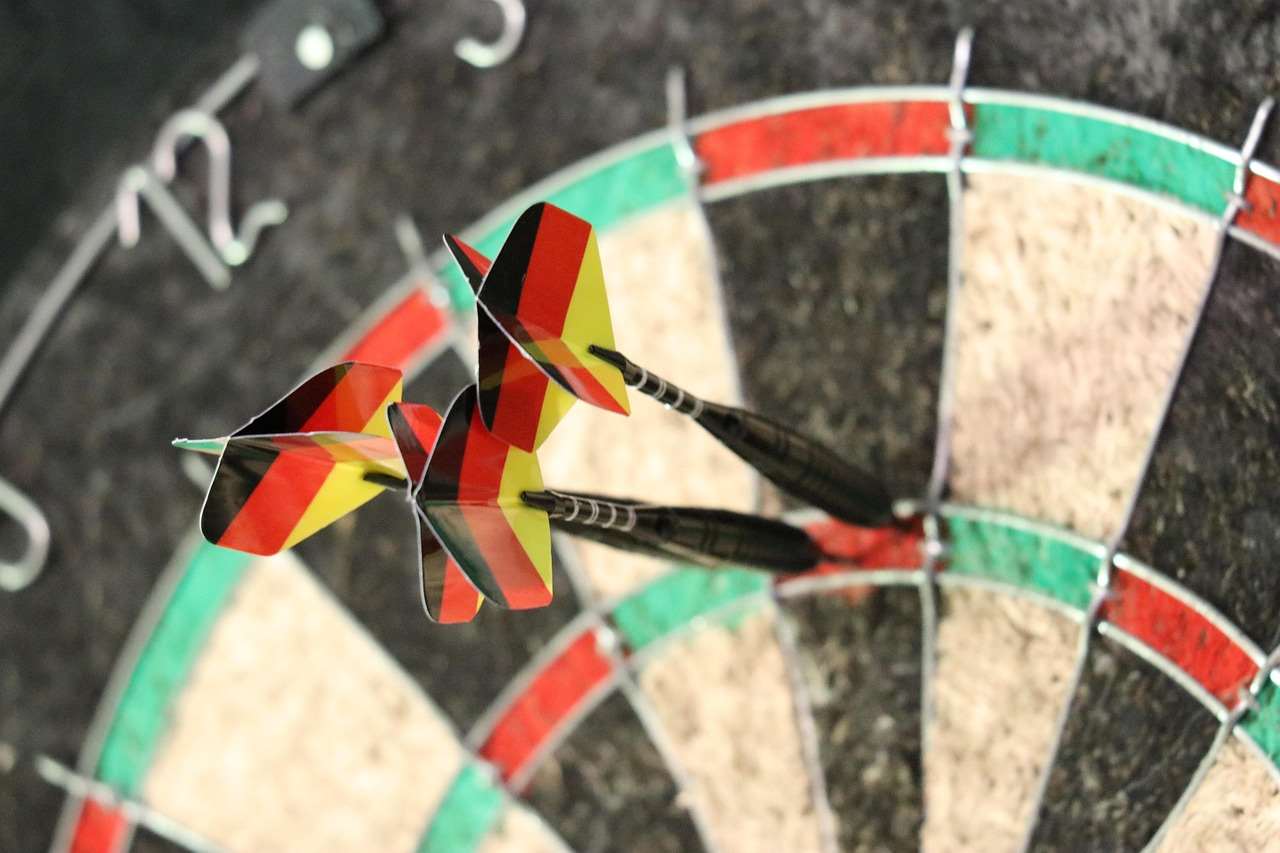
Handicap System
To level the playing field between players of different skill levels, a handicap system can be implemented. This involves giving the less skilled player an advantage, such as:
- Extra Darts: The less skilled player gets more darts per turn.
- Pre-Filled Squares: The less skilled player starts with one or more squares already claimed.
Implementing a handicap system ensures that the game remains competitive and enjoyable for all players. This also addresses How to make darts fairer with handicap rules for players of different skill levels.
Tips for Mastering Noughts and Crosses Darts
Improving your skills in Noughts and Crosses darts rules requires practice, patience, and a strategic approach. Here are some tips to help you master the game:
Practice Your Accuracy
Accuracy is paramount in Noughts and Crosses darts. Spend time practicing your throws, focusing on consistently hitting the desired sections of the dartboard. Use the Basic Darts Fundamentals for Beginners guide to improve your overall skill.
Start by targeting specific sections of the grid and gradually increase the difficulty as you improve. Aim for consistency and precision in your throws.
Develop a Strategic Mindset
Think strategically about your moves. Don’t just throw darts randomly; plan your throws to maximize your chances of winning and minimize your opponent’s opportunities. Consider defensive strategies in addition to just scoring.
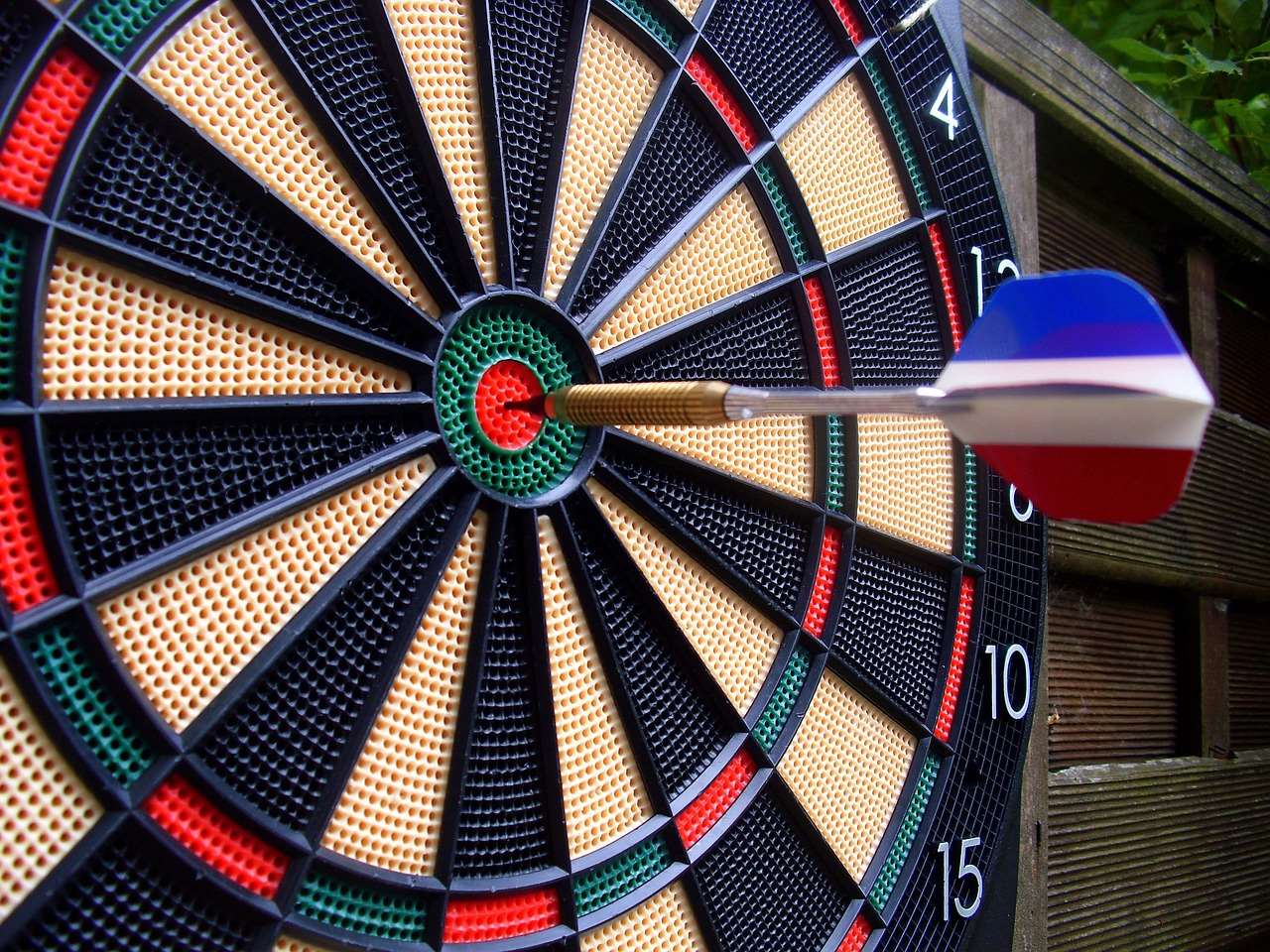
Analyze Your Opponent’s Game
Pay attention to your opponent’s playing style and tendencies. Identify their strengths and weaknesses and adapt your strategy accordingly. This involves watching their throws and anticipating their moves.
Analyzing your opponent’s game will give you a competitive edge and help you make more informed decisions.
Experiment with Different Strategies
Don’t be afraid to try different strategies and tactics. Experiment with offensive and defensive moves, and see what works best for you. Trying Alternative darts rules for home play can also broaden your skills and perspectives.
The more you experiment, the better you’ll understand the game and the more adaptable you’ll become.
Equipment and Setup Considerations
While the rules of the game are straightforward, having the right equipment and setup can greatly enhance your experience with Noughts and Crosses darts rules.
Choosing the Right Dartboard
A standard bristle dartboard is ideal for this game. Ensure it’s properly mounted at the correct height. The standard height for the bullseye is 5 feet 8 inches (1.73 meters) from the floor.
Regularly rotate your dartboard to even out wear and tear and prolong its lifespan.
Selecting Your Darts
Choose darts that feel comfortable and balanced in your hand. Dart weight and grip are personal preferences, so experiment with different types to find what suits you best. You can also research more specific topics such as Adapting dart game rules for children if necessary.
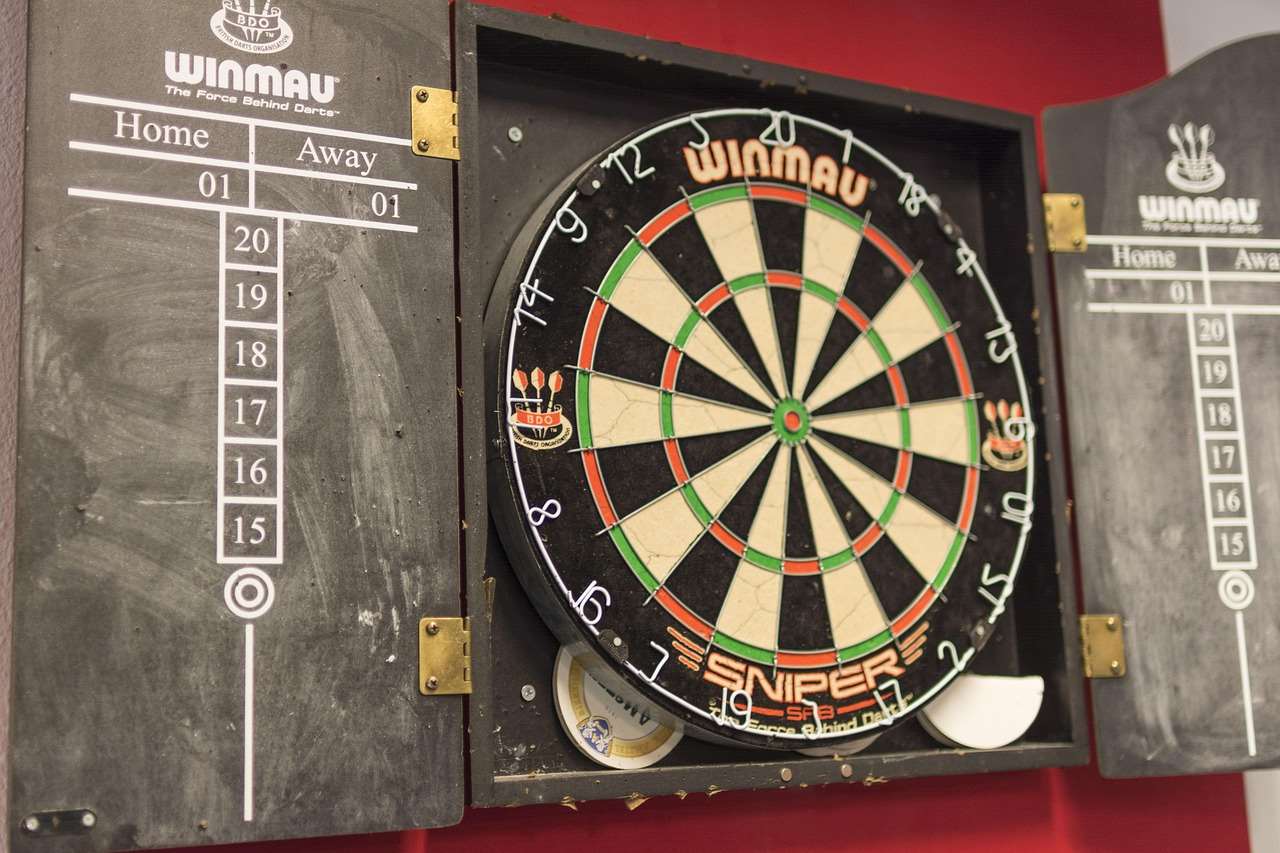
Lighting and Surround
Good lighting is crucial for accurate dart throwing. Ensure your dartboard is well-lit, either with a dedicated dartboard light or general room lighting. A surround around the dartboard protects your wall from stray darts and minimizes damage.
Conclusion
Noughts and Crosses darts rules offers a unique and engaging twist on the classic game, combining precision dart throwing with strategic thinking. By understanding the basic rules, experimenting with variations, and practicing your skills, you can become a formidable player. Remember to focus on accuracy, develop a strategic mindset, and analyze your opponent’s game. So grab your darts, set up the board, and start playing! Why not challenge your friends to a game of Noughts and Crosses darts today?
Hi, I’m Dieter, and I created Dartcounter (Dartcounterapp.com). My motivation wasn’t being a darts expert – quite the opposite! When I first started playing, I loved the game but found keeping accurate scores and tracking stats difficult and distracting.
I figured I couldn’t be the only one struggling with this. So, I decided to build a solution: an easy-to-use application that everyone, no matter their experience level, could use to manage scoring effortlessly.
My goal for Dartcounter was simple: let the app handle the numbers – the scoring, the averages, the stats, even checkout suggestions – so players could focus purely on their throw and enjoying the game. It began as a way to solve my own beginner’s problem, and I’m thrilled it has grown into a helpful tool for the wider darts community.